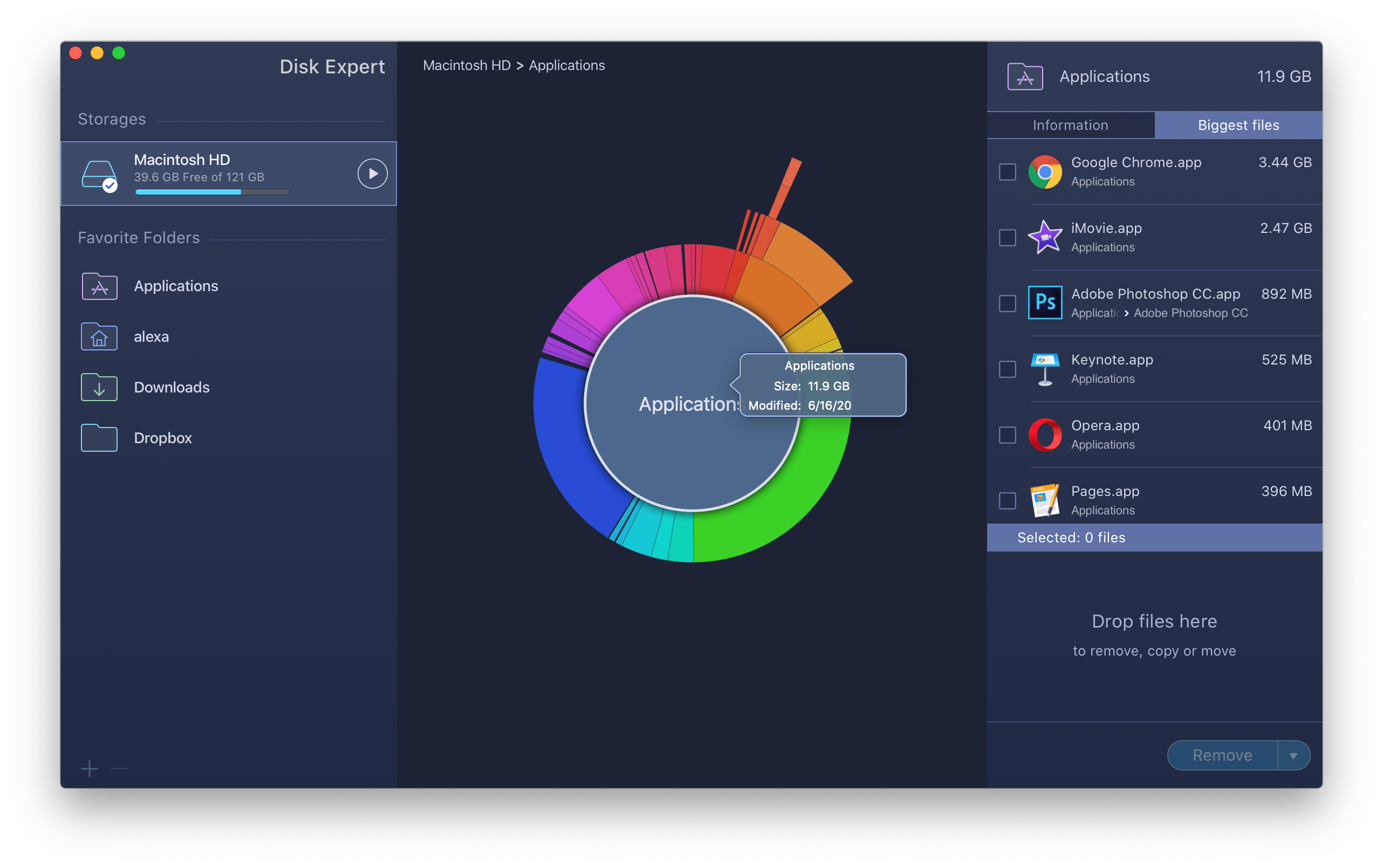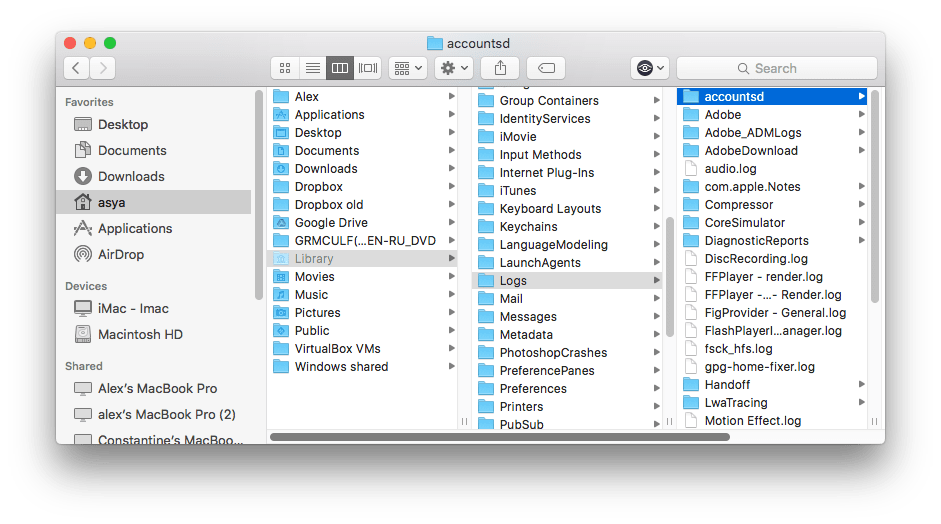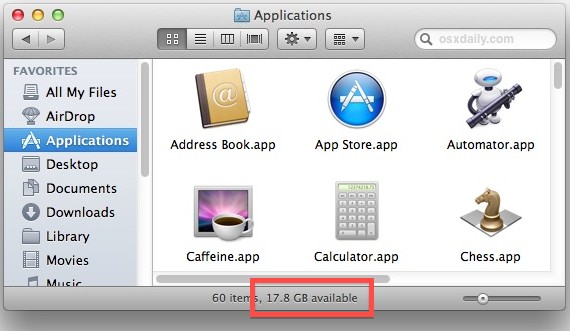


It can be a hassle to clean up simulators, archive data and derived data manually once in a while.įortunately, there's a free Mac app by Konrad which can handle these at ease.ĭev Cleaner allow us to select which data to remove easily : To delete derived data of the current open Xcode project, you can hold alt, click Product > Clean Build Folder. Similar to iOS Simulator, derived data is located in ~/Library/Developer/Xcode/DerivedData, you can safely delete them. You can think of derived data as cached data/image in web browser, most of the time web browser will auto-save the data/image into your hard disk when you first browse a web page, and the next time you visit the same web page, the pageload speed is faster as web browser will use the cached data /image in hard disk. Derived data contains intermediate build results, generated indexes, that help speed up build time. Derived data is generated during each app build process. Last but not least, derived data can take up significant space too. Then press delete to remove them.Īpp archives can take up significant space if your app is large in size, a rough calculation would be taking your app size and multiply it by the number of time you have archived. To delete these archive data in Xcode, select Window > Organizer > Archives from top menu. These are created every time you archive an app, these can build up slowly as you archive different version of your apps. You can also delete old simulator by running this command in the terminal : xcrun simctl delete unavailable. These files can take up to dozens of GBs, be sure to check these every time a new iOS version is introduced. You can delete unused older version of simulator here. You should see multiple folder containing different iOS version of simulators. Open Finder, press Command + Shift + G, paste in ~/Library/Developer/Xcode/iOS DeviceSupport/ and press Enter. The Simulator files are usually located in ~/Library/Developer/Xcode/iOS DeviceSupport/.


As you download newer version of iOS Simulator incrementally (iOS 10, 11, then 12), the space add up as the old simulators file still remain. Usually the main culprit taking up space will be the iOS Simulators. TL DR Jump to DevCleaner app iOS Simulators We will discuss what causes your mac storage to be filled quickly and what you can do to solve them in this article. It's easy to run out of disk space when you are doing iOS development on your Mac, especially if your Mac has only 128GB of storage.Įver gotten this warning when you want to update Xcode? I hope not! 😱


 0 kommentar(er)
0 kommentar(er)
